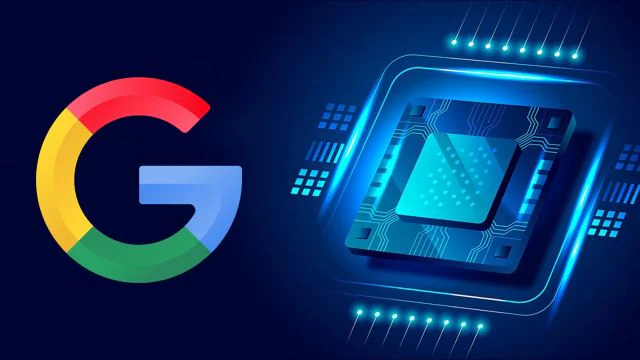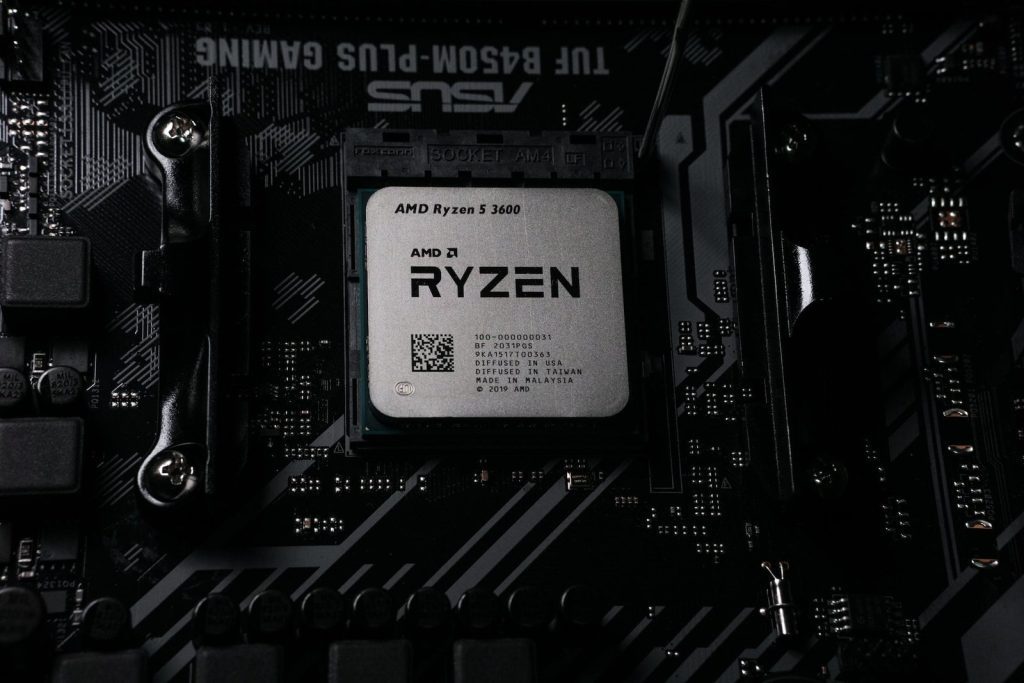Chip design, often known as board planning in technical circles, is months-long process that hasn’t yet been automated. That looks set to change soon. However, “In less than six hours, Google`s method automatically generates chip designs known as “Google’s Tensor Chips”. So, that are better than to those made by humans across all key metrics, including power consumption, and chip area,”.
Google’s AI-Driven Chip Innovations
Google is not a chipmaker per se, but the CA-based company has developed several chips, including its Tensor Processing Unit hardware. Meanwhile, Google said it hopes to use the approach to create the next generation of TPUs for AI processing in data centers and perhaps other commercial applications. Google refers to the semiconductor as a Tensor Processing Unit, or TPU, in reference to the company’s machine learning platform. These TPUs are semiconductors that are specifically designed for applications that enable machine learning. This new Tensor processor will be built into the Pixel smartphone.

Google Joins the Custom Silicon Race
By building its own custom mobile chip, Google isn’t just enhancing its phones with Google-like AI. However, it’s also joining the ranks of Apple and Samsung, both of which design their own silicon for their high-end consumer products. It’s taking a look at the complex world of the semiconductor supply chain and this comes amid a global chip shortage.

Conclusion
The tech world is holding its breath in anticipation of the transformative impact they will have on the devices. Meanwhile, the hardware design journey represents not only a technological leap for Google, but a commitment to shaping the future of AI-powered computing. In fact, Tensor chips signal a new chapter in Google’s technological odyssey. So, get ready to embark on this exciting journey, where the power of Tensor propels us into a future.


